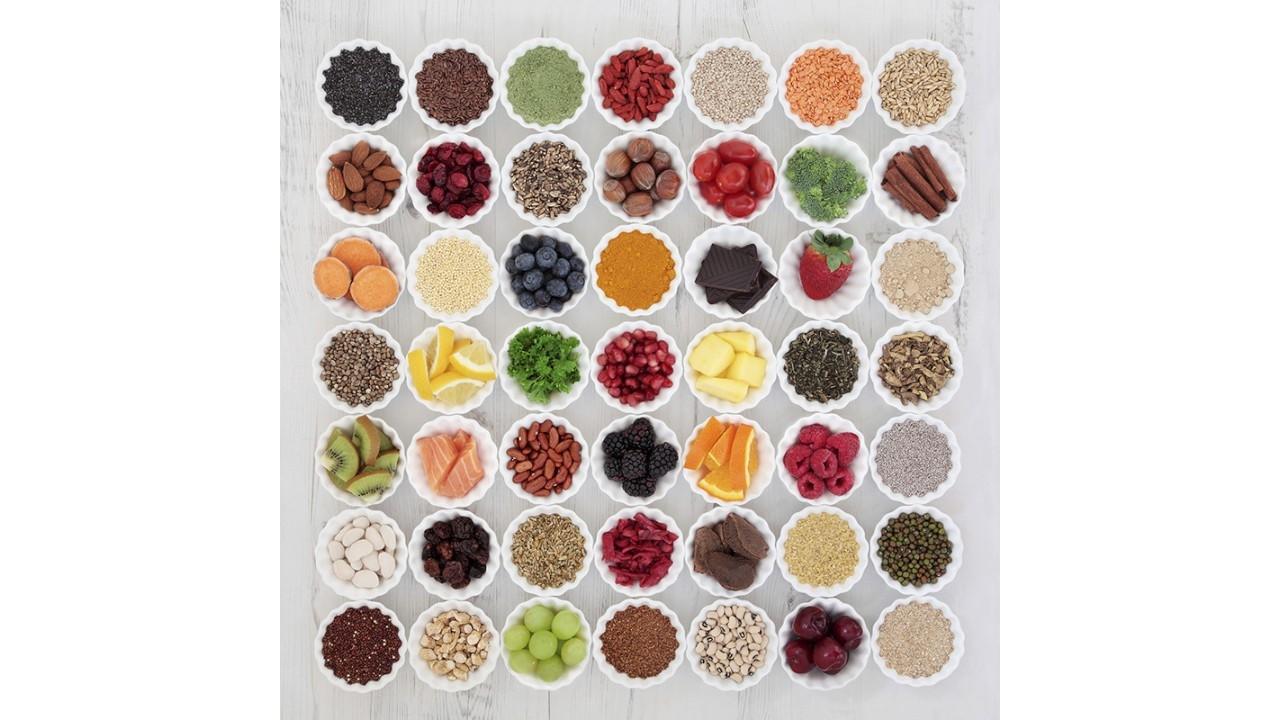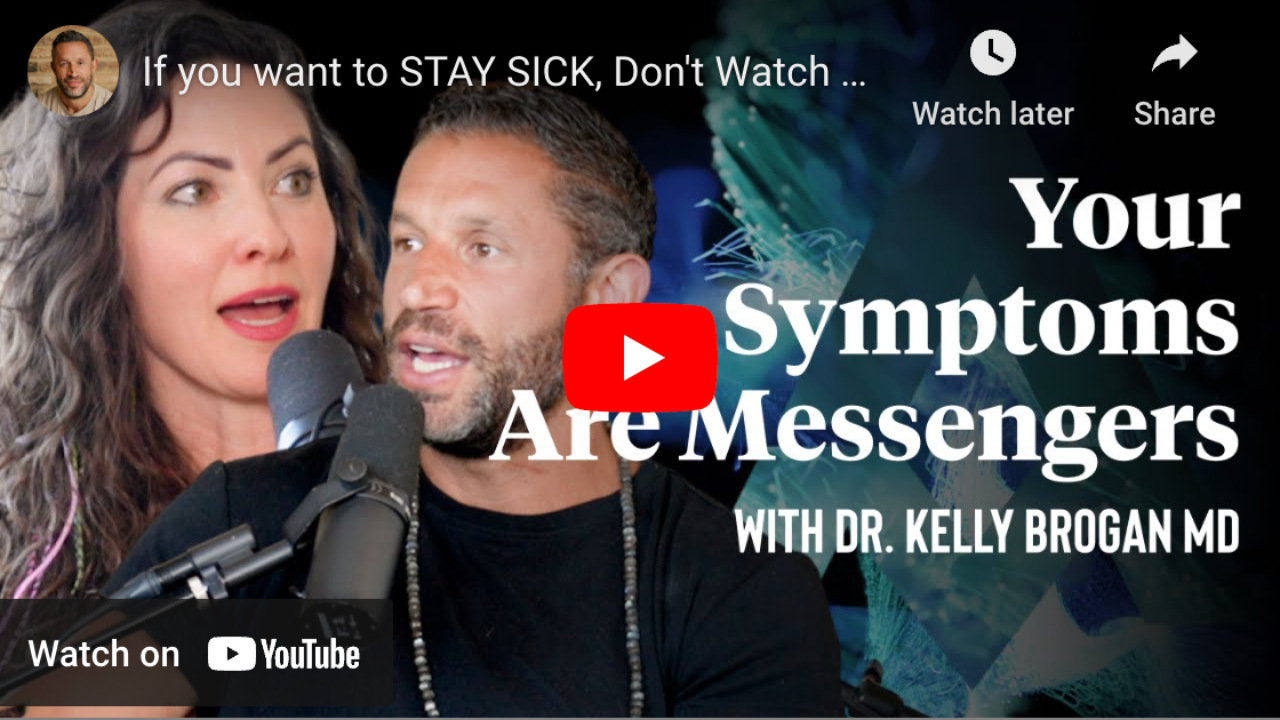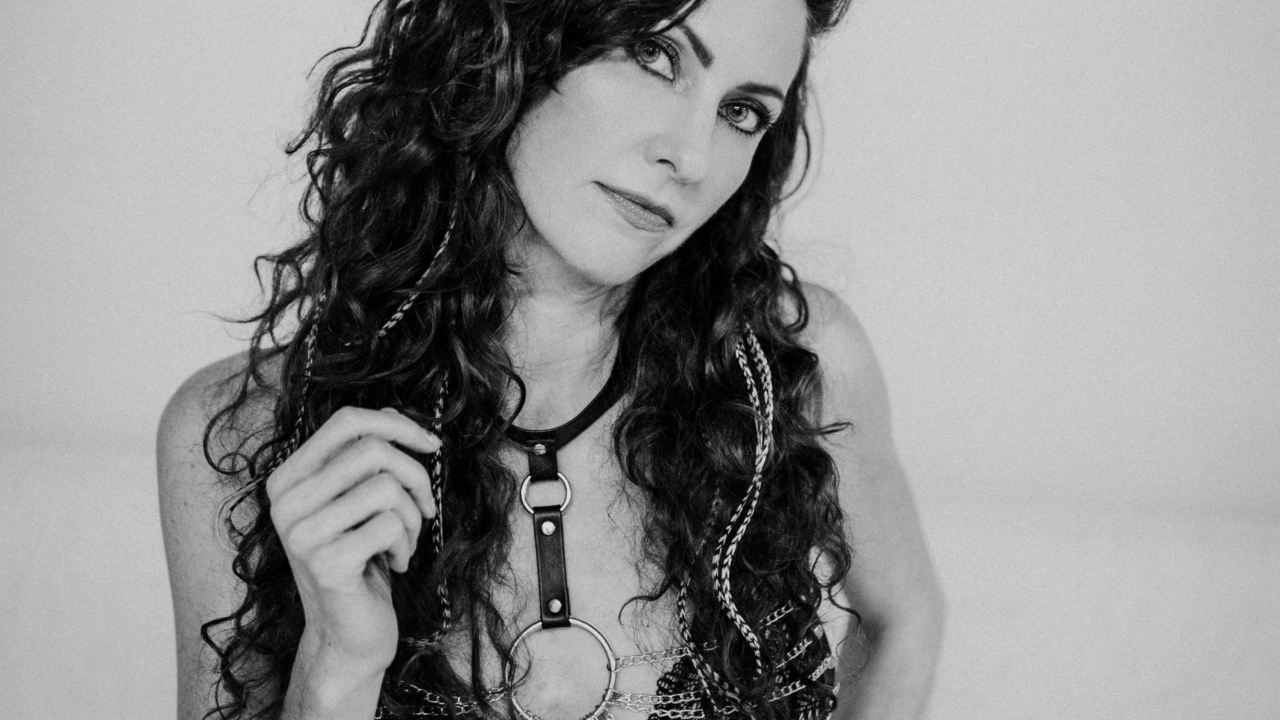What's to Eat?

As we have been disconnected from the natural world, we have been disconnected from our own intuitive sense. This sense has helped us cultivate health and resist illness for the better part of several million years. Working from “science” and our intellects, however, has led us to the most grave state of suffering in our time on this planet. The dance between man and nature has a mystical history including shamanic practices founded on communication to receptive conduits, about how to engage plants and their medicinal properties.
The truth is that we know what to eat, and what we like is often what we need. Or, at least, this was true up until about the past 200 years. With the introduction of processed foods and sugar, our senses have been hijacked and we’ve been trying to hitch a ride back to our origins ever since.
Follow Your Lead
When I meet with patients, I have them do a 30 day food reset eliminating grains, legumes, white potatoes (resistant starch), and processed food. Essentially, I ask these women to eat food – real organic food for a month. After that, we begin to tailor their diet to their now better honed inner compass. We reintroduce eliminated foods (apart from gluten and cow dairy) and we begin to pay attention to foods that are most relevant to the balancing of the autonomic nervous system. According to Dr. Nicholas Gonzalez, cravings for red meat, leafy greens, and citrus are important indicators of whether a patient will thrive on a meat-based (parasympathetic dominant) or a pseudo-vegetarian diet (sympathetic dominant).
The idea is to scrub your mind of the gurus, the blogs, the latest press release on what foods are good and bad for you, and just pay attention to what your body wants to eat to be well.
Real Research Tells Us So
I typically like to report on the latest and greatest research, but this study from 1939, is one of the more profound contributions to nutritional literature I’ve seen, and it supports this idea of instinctive eating.
Dr. Clara Davis took 15 orphans of weaning age and fed them a daily selection of 33 foods for 6 years.

The staff were under strict orders:
“The nurses’ orders were to sit quietly by, spoon in hand, and make no motion. When, and only when, the infant reached for or pointed to a dish might she take up a spoonful and, if he opened his mouth for it, put it in. She might not comment on what he took or did not take, point to or in any way attract his attention to any food, or refuse him any for which he reached.”
The children were able to thrive without gastrointestinal issues, and anything beyond a minor cold with the exception of one bout of “glandular fever”. They noted that appetite returned 12-24 hours before fever reduction and was noted for unusually large amounts of raw beef, carrots and beets.
With some infants presenting in compromised health, their instincts paved the way for recovery (despite the misfortune of being subject to x-rays!):
“The first infant received for the study was one of the two with severe rickets, and, bound by a promise to do nothing or leave nothing undone to his detriment, we put a small glass of cod liver oil on his tray for him to take if he chose. This he did irregularly and in varying amounts until his blood calcium and phosphorus became normal and x-ray films showed his rickets to”
While it’s certainly not my assertion that humans should not consume dairy, it has been my observation that children (my own) and adults (my patients) can thrive without it. To this point, Dr. Davis noted:
“In fact, the quantities of fresh fruit, carrots and potatoes and of eggs, liver and kidneys in practically all the diets preclude, on the basis of their known vitamin content, any shortage of Vitamins A, B, C and G. For the adequacy in Vitamin D and calcium of the diets of children who took none or little milk for considerable periods of time we cannot speak so surely from an off-hand consideration of the quantities of foods eaten. We can, however, call in evidence the roentgenograms of these children’s bones which showed as excellent calcification as those of the others.”
While so many of us are acculturated to breakfast/lunch/dinner-based diets, and our conditioned beliefs about industry-supported “health foods”, Dr. Davis demonstrated that, self-selection led to surprising dietary arrays.
“In terms of foods and relative quantities of them they failed to show any orthodoxy of their own and were wholly unorthodox with respect to paediatric practice. For every diet differed from every other diet, fifteen different patterns of taste being presented, and not one diet was the predominantly cereal and milk diet with smaller supplements of fruit, eggs and meat, that is commonly thought proper for this age. To add to the apparent confusion, tastes changed unpredictably from time to time, refusing as we say “to stay put,” while meals were often combinations of foods that were strange indeed to us, and would have been a dietitian’s nightmare-for example, a breakfast of a pint of orange juice and liver; a supper of several eggs, bananas and milk. They achieved the goal, but by widely various means, as Heaven may presumably be reached by different roads.”
Back to the Future
She had the courage to suggest that dietitians and pediatricians of the time may have been responsible for obscuring ancient wisdom of self-nurturing in these babies. Patients often ask me for my thoughts on weaning their babies to food. If I had it to do over again, I certainly would do my best to replicate this ingenious study, allowing my baby to learn the art of self-care from toddlerhood.
She echoes the wisdom of Weston Price who identified the perfection of the traditional diet in its ecological niche:
“Confined to natural, unprocessed and unpurified foods as it was, and without made dishes of any sort, it reproduced to a large extent the conditions under which primitive peoples in many parts of the world have been shown to have had scientifically sound diets and excellent nutrition. Certainly their introduction into previously sound primitive diets has invariably brought with it a train of nutritional evils, and their widespread excess in civilized diets is decried by nutritional authorities.”
This study exemplifies how we can only return to a state of vitality through a recognition of our innate capacity for healing, for wellness, and for our connection to the informational exchange between our human form and the natural world.
Interested in more insights and tools to help you Own Your Self?
My newest book, Own Your Self, helps you discover the meaning behind your symptoms and your struggle as a way to reclaim your health and your Self. Click below to claim your copy today.
Want to continue reading?
Enter your details below to read more and receive updates via email.










